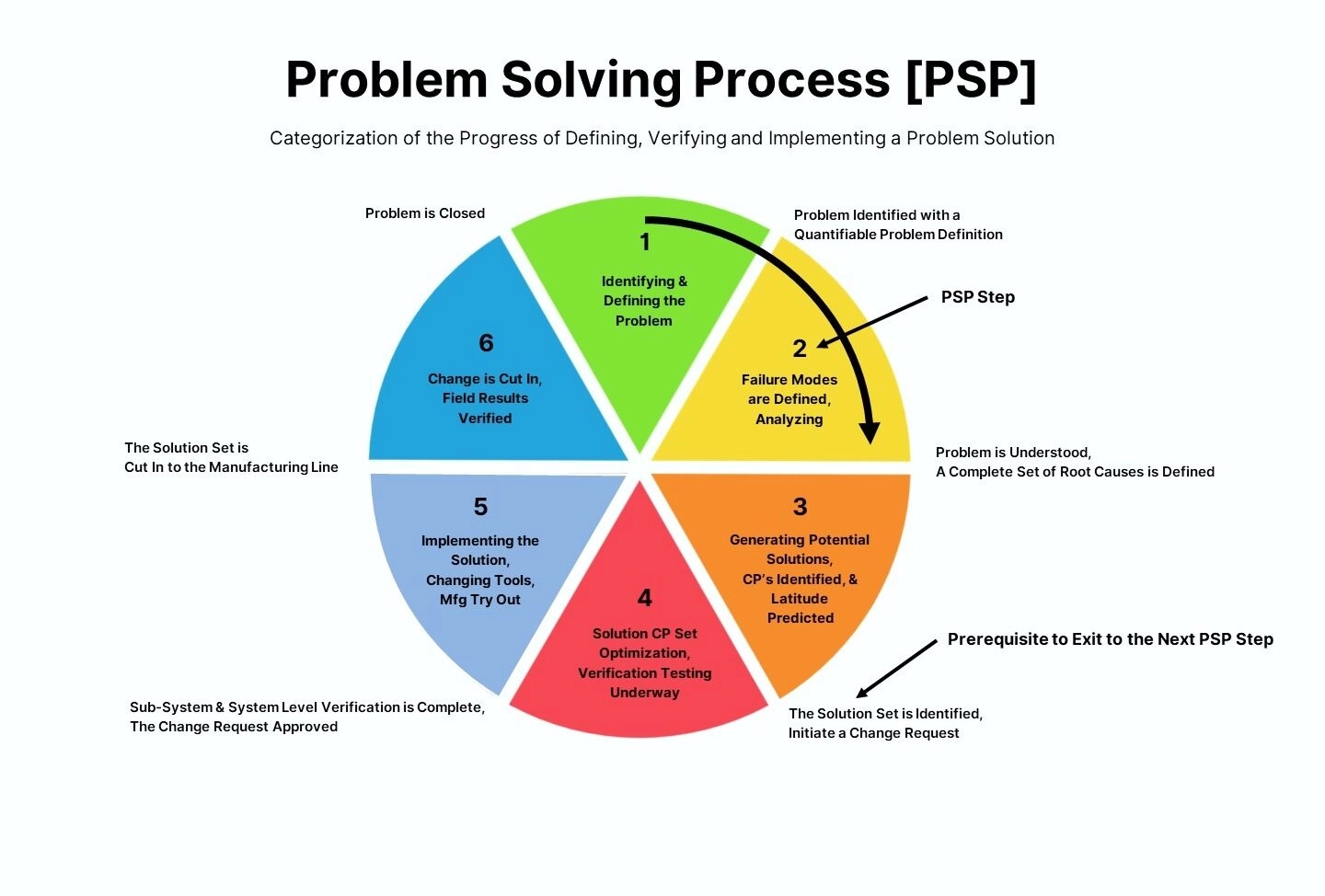When it comes to manufacturing precision parts and components, CNC machining stands out as a leading technology for its accuracy, efficiency, and versatility. Computer Numerical Control (CNC) machining has revolutionized the manufacturing industry by offering a wide range of benefits that make it an ideal choice for various projects. In this blog, let’s look into the advantages of CNC machining and explore how it can take your next project to new heights.
Unparalleled Precision and Accuracy:
One of the most significant benefits of CNC machining is its ability to produce parts with unparalleled precision and accuracy. By using computer-controlled machines, it ensures that every component is crafted to exact specifications, eliminating the risk of human error. This level of precision is particularly crucial in industries where even the slightest deviation can have significant consequences, such as aerospace, automotive, and medical devices.
Enhanced Efficiency and Reduced Lead Times:
CNC machining is a highly efficient process that streamlines production, reducing lead times and costs. With the ability to operate around the clock without fatigue, CNC machines can produce large quantities of parts quickly and consistently. This increased efficiency enables businesses to meet tight deadlines and respond to changing market demands with agility.
Versatility Across Diverse Materials and Designs:
CNC machining can be applied to a wide range of materials, including metals, plastics, and composites. Whether you need to produce complex geometries, intricate designs, or large quantities of identical parts, it offers the flexibility to adapt to diverse project requirements.
Long-Term Cost Savings:
While the initial investment in CNC machinery may seem substantial, the long-term cost savings are significant. By reducing labor costs, minimizing material waste, and increasing production efficiency, it can help businesses reduce their overall manufacturing expenses. Additionally, the precision and accuracy of CNC machining reduce the need for costly reworks and repairs.
Real-Time Quality Control :
CNC machining enables real-time quality control, allowing for immediate detection and correction of any defects or deviations. This ensures that every part meets the highest standards of quality, reducing the risk of product failures and recalls.
Environmental Benefits:
The precision and efficiency of CNC machining also have environmental benefits. By minimizing material waste and reducing energy consumption, it contributes to a more sustainable manufacturing process. As businesses increasingly focus on reducing their environmental footprint, CNC machining offers a valuable solution.
Applications Across Various Industries:
The benefits of CNC machining are not limited to a single industry. From aerospace and automotive to medical devices and consumer electronics, CNC machining service is a versatile technology that can be applied to many sectors. Whether you’re producing complex aircraft components, precision medical implants, or high-performance automotive parts, CNC machining offers the precision, efficiency, and quality control you need.
CNC machining is a transformative technology that offers benefits for precision manufacturing. Its unparalleled precision, efficiency, versatility, and cost savings make it an ideal choice many industries. By leveraging CNC services, businesses can achieve superior quality, meet tight deadlines, reduce costs, and contribute to a more sustainable future.
AUTHOR
Sriram Parthiban
Business Analyst, Srushty Global Solutions
Meet Sriram, a visionary business analyst in India’s dynamic contract manufacturing sector, dedicated to serving discerning clients throughout the USA. With strategic expertise and a sharp focus on optimizing supply chains, Sriram is driven to elevate India’s manufacturing prowess on the global stage. His goal is to position India not only as a leading manufacturer for the world but also as a pioneer in setting new benchmarks for quality and innovation, shaping a revolutionary industry landscape.









